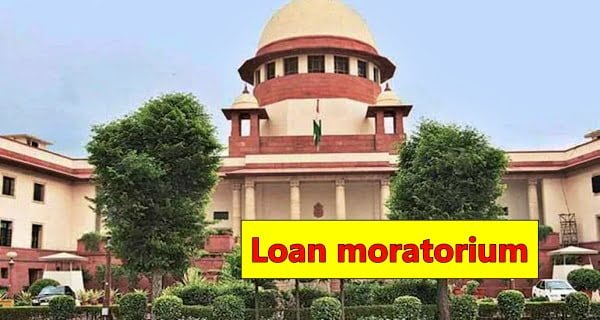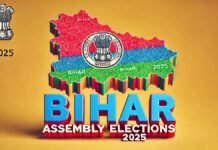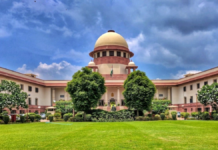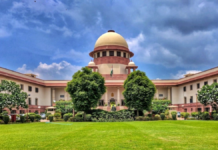
New Delhi: In the midst of the Corona crisis, on the instructions of the Reserve Bank of India (RBI), all the banks had given temporary relief to the borrowers and allowed them not to pay EMI (EMI) for 6 months. After this, when this facility ended, petitions were filed in the Supreme Court against the interest on interest being charged by the banks for the term of the Loan Moratorium. Now the Supreme Court is going to give its verdict on the loan mortuary case tomorrow i.e. on 23 March. A bench of Justices Ashok Bhushan, R Subhash Reddy and MR Shah will give its verdict.
Defaulters were not defaulted
Those who did not repay the loan installment during the 6 months due to exemption from paying EMI given during the Corona crisis, were not put into default. However, banks were charging interest on these 6 months of interest. Explain that the RBI first implemented the loan moratorium on 27 March 2020. Under this, relief was paid from paying EMI from March 1, 2020 to May 31, 2020. However, later it was increased to 31 August 2020 by the RBI. The RBI filed an affidavit in the Supreme Court in September 2020, stating that extending the loan moratorium for more than 6 months would adversely affect the economy.

Center waives interest on loans up to 2 crores
The central government also filed a separate affidavit in this case. The government said in the affidavit that the center will bear the interest on the interest charged on EMIs of loans up to Rs 2 crore during the 6 months of the moratorium. This will have an impact of about 7000 crores on the government exchequer. The Reserve Bank also allowed all banks to restructure loans once, without lending loans to NPAs, which could help companies and individuals fight financial troubles during the Corona epidemic. Only companies or individuals whose accounts were not in default status for more than 30 days till March 1, 2020 were eligible for this loan restructuring.
Benefit paid on paying EMI in lockdown also
In the case of companies, a resolution plan was to be prepared by 31 December 2020 and implemented by 30 June 2021. In the case of personal loans too, the resolution plan was to be prepared by 31 December 2020, but it had to be implemented within 90 days. Later, the question also arose that what would be the benefit to the borrowers who paid the loan in lockdown. On this, the government made it clear that if a borrower did not take advantage of the moratorium and paid the installment on time, they would get cash back from the bank. Under this scheme, such borrowers will get the benefit of a difference of 6 months in simple and compound interest.














































